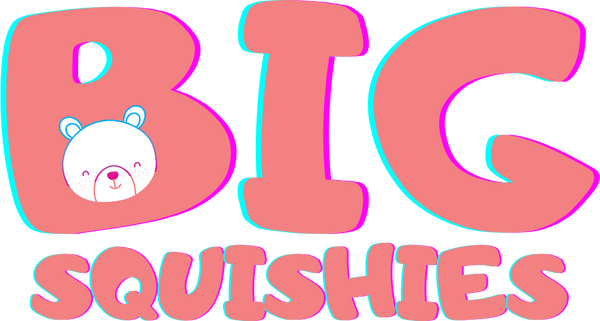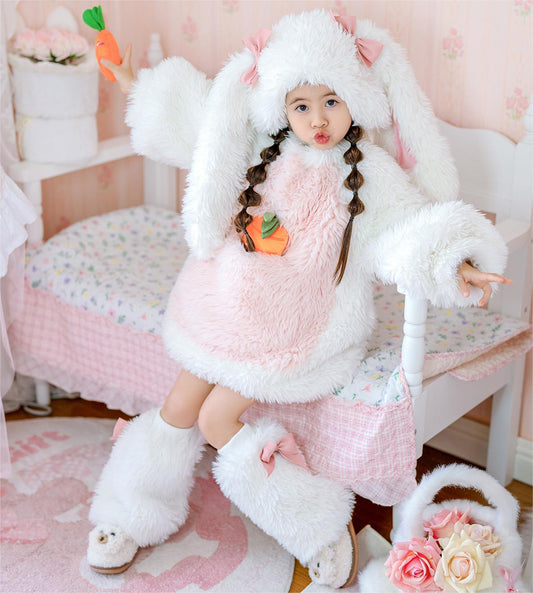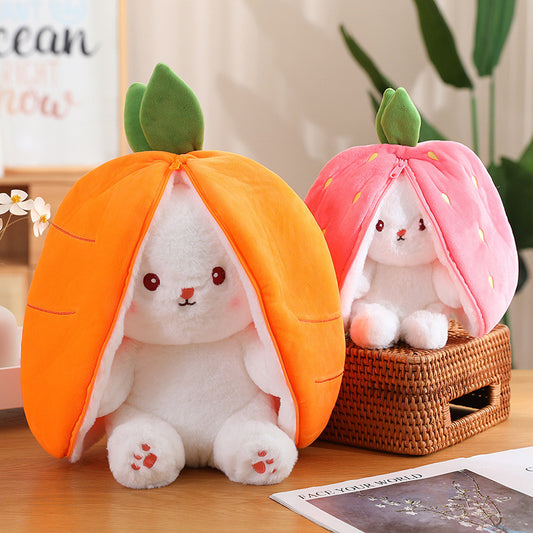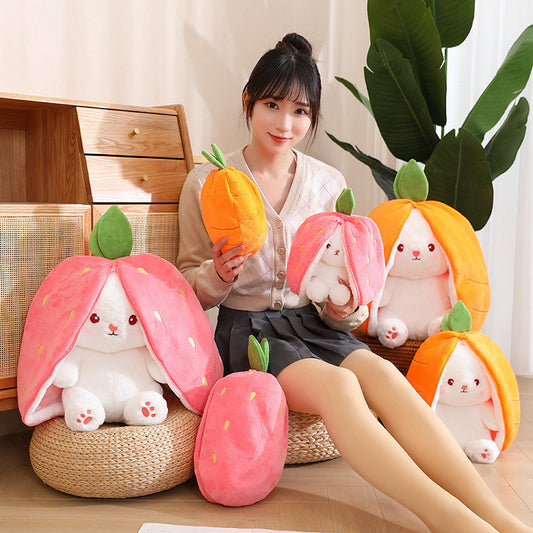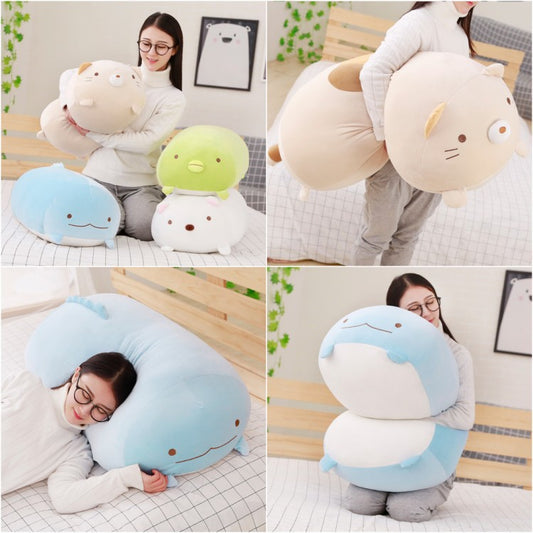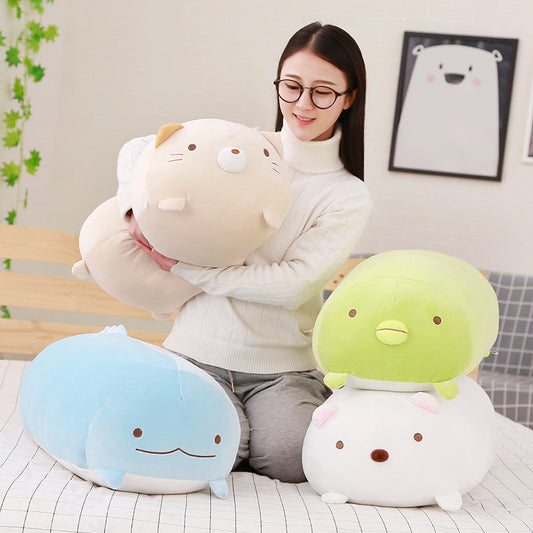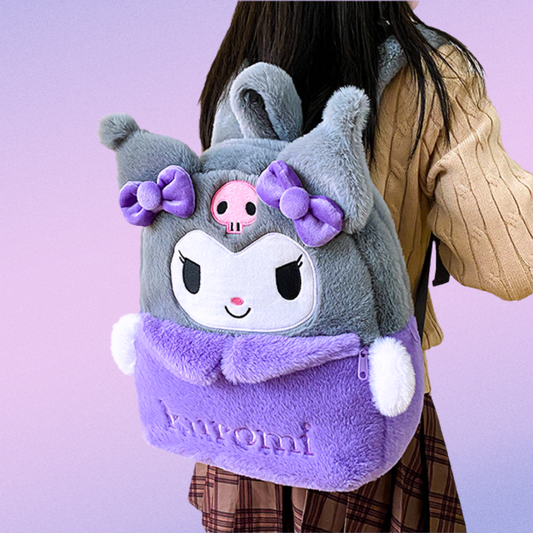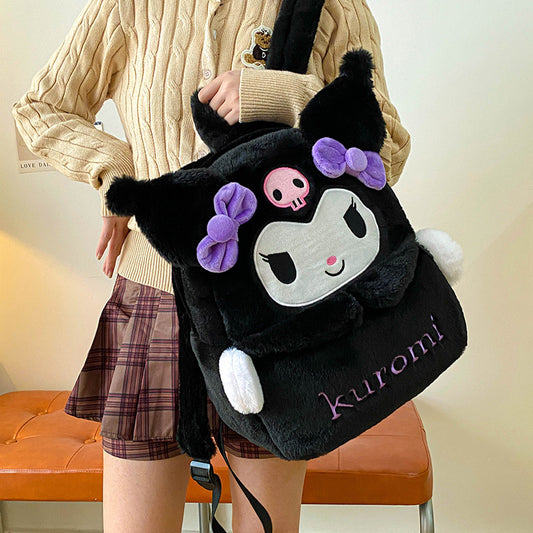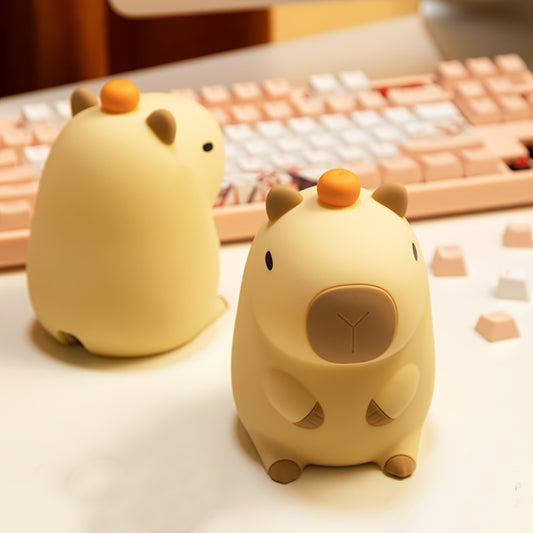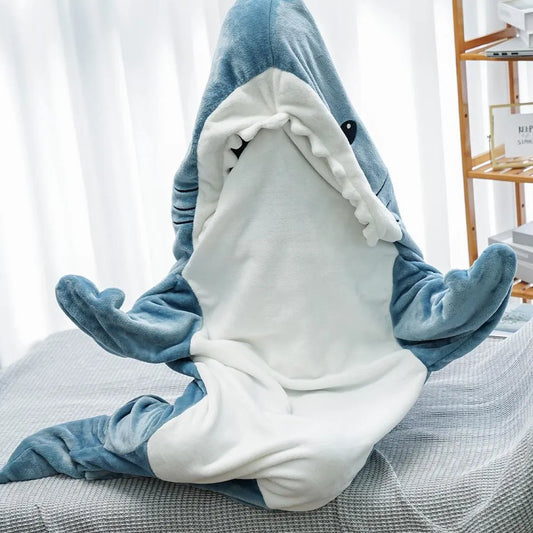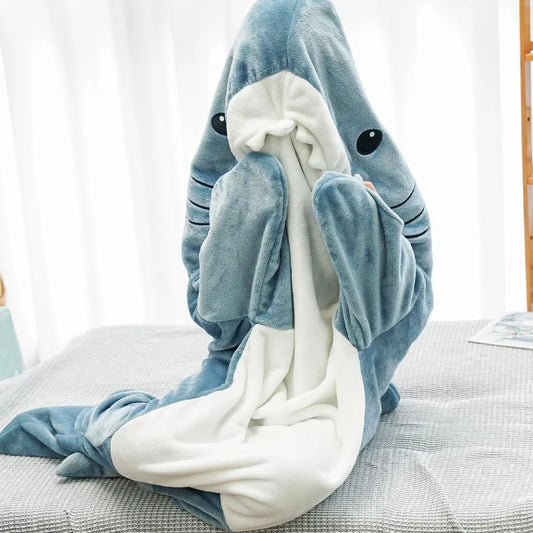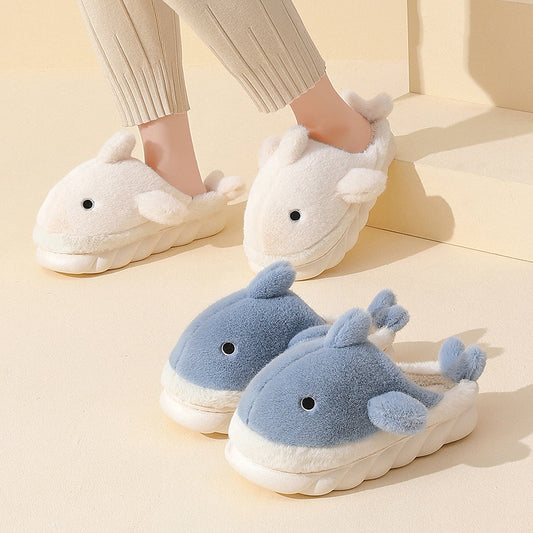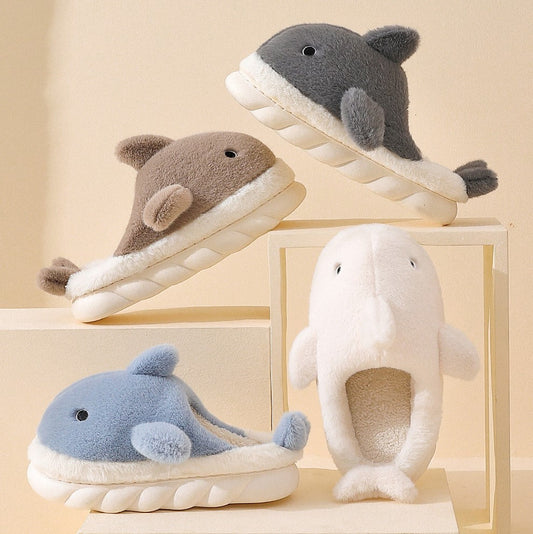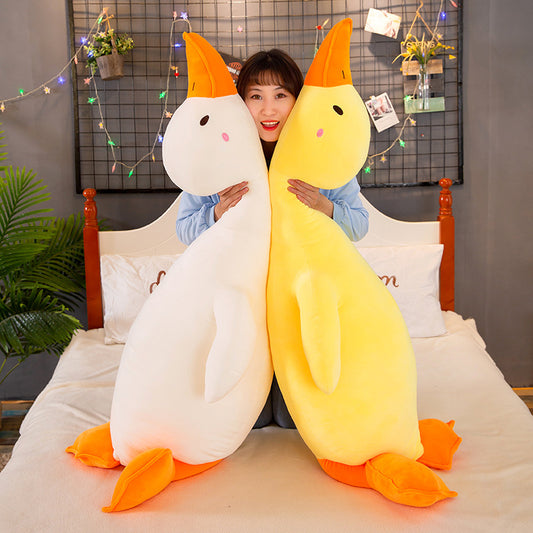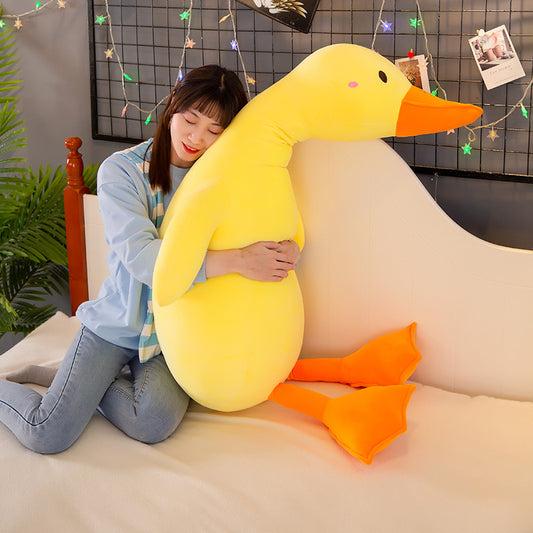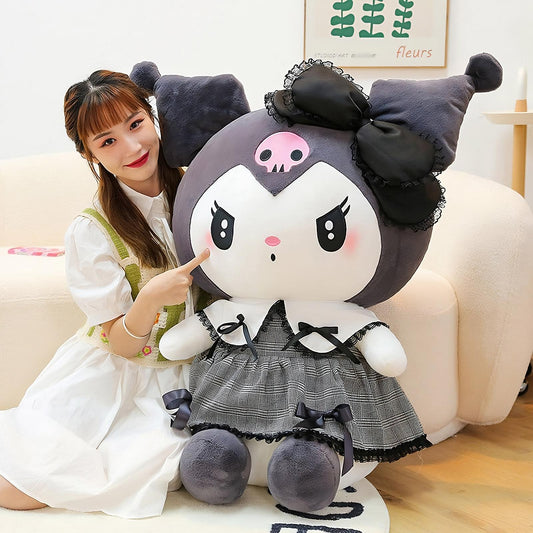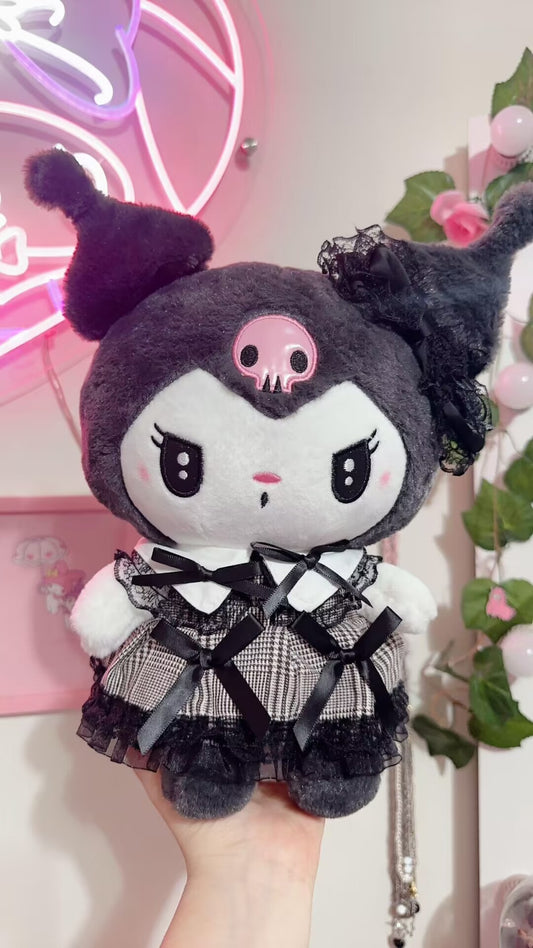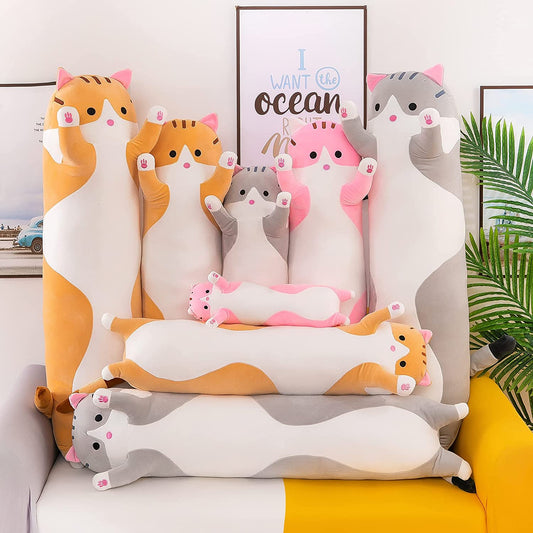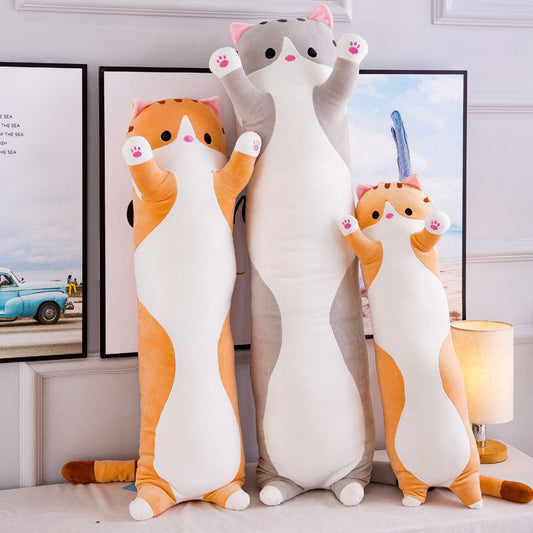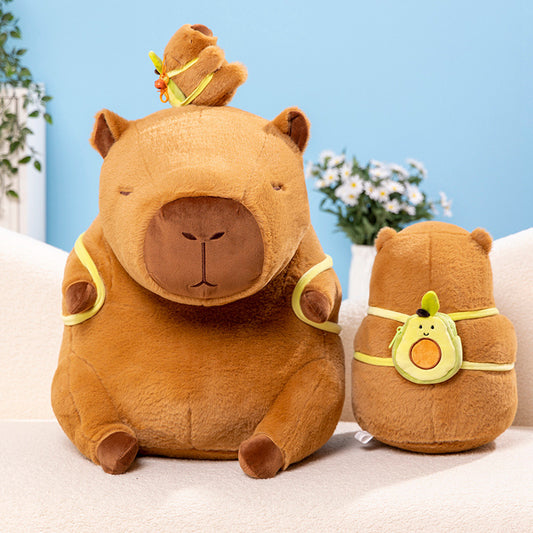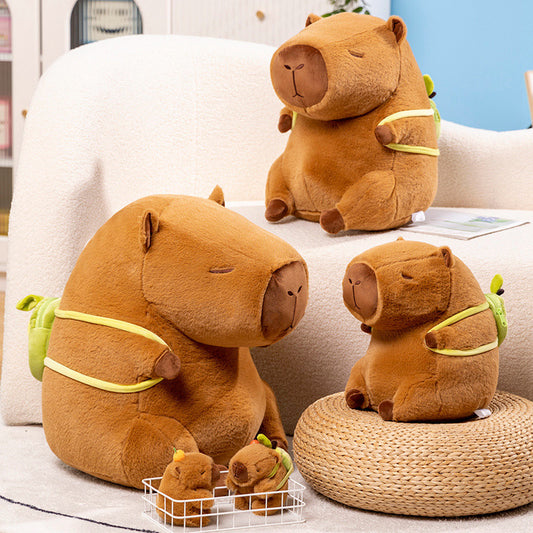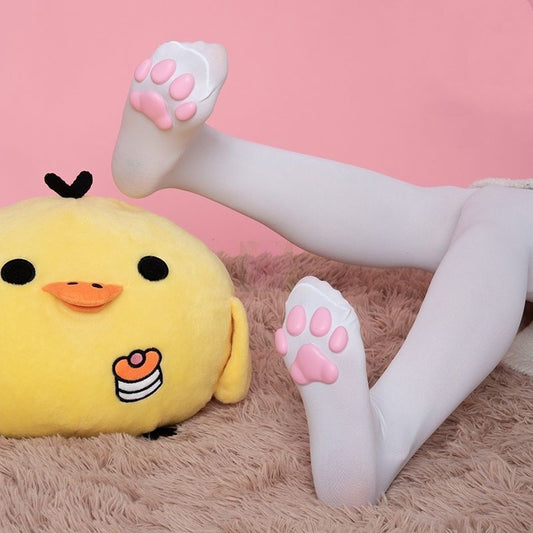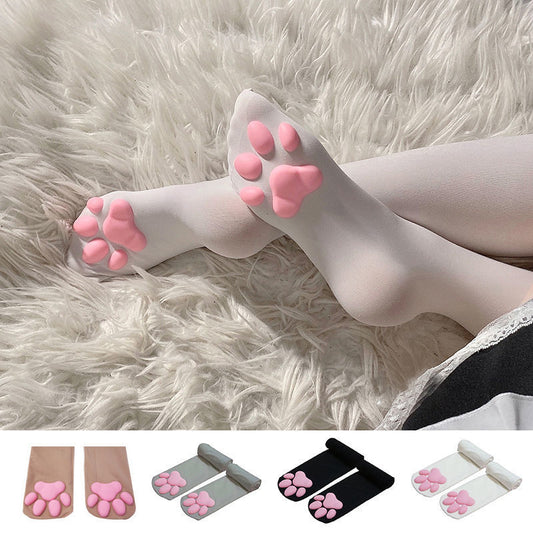Labubu's global explosion is the result of Gen Z consumer culture, precision IP operations, and globalization strategies. This analysis explores its rise, success factors, and future impact.
📜 I. The Rise of Labubu: From Niche Illustration to Global Phenomenon
1. Origin and Early Stages (2015-2019)
Creator & Background: Hong Kong artist Kasing Lung drew inspiration from Nordic mythology to create "The Monsters" series in 2015. Labubu debuted in the picture book The Mysterious Buka. Its design broke traditional "cuteness" norms with pointed ears, 9 fangs, and a mischievous smile. Standing cat-sized but tailless, its character was defined as "playful troublemaker with a kind heart."
Initial Cold Reception: Pop Mart's first Labubu vinyl figure "Time to Chill Gen 1" (2018) generated only ~HK$100 million annual revenue due to low recognition.
2. Turning Point: Celebrity Power & Blind Box Economics (2024)
Lisa Ignites Southeast Asia: In April 2024, BLACKPINK's Lisa posted an Instagram photo with a Labubu keychain, triggering sellouts across Thailand. Labubu was later named "Amazing Thailand Experience Ambassador."
Global Celebrity Domino Effect: Rihanna, David Beckham, and other A-listers became organic brand ambassadors, turning Labubu into a Western streetwear icon. Pop Mart capitalized with "blind box + ultra-rare variants" (hidden item probability: 0.69%), boosting repurchase rates.
3. Phenomenal Breakout (2025)
Global Frenzy & Record Auctions: April 2025: Labubu Gen 3 plush dolls sold out instantly in US/UK/Japan. London store sales suspended after customer brawls. June 2025: A first-gen 131cm mint-green Labubu sold for ¥1.08 million (US$150,000) at Beijing Yongle Auction – 300%+ premium.
Commercial Impact: Labubu's "The Monsters" series generated ¥3.04 billion revenue in 2024 (+726.6% YoY), accounting for 18.3% of Pop Mart’s total income – its #1 IP.
| Year | Event | Impact |
|---|---|---|
| 2015 | Kasing Lung creates "The Monsters" series | Niche art circle attention; no commercialization |
| 2019 | Pop Mart signs Kasing Lung; first Labubu blind box | Enters mass market; underwhelming sales |
| Apr 2024 | Lisa's social media endorsement | Ignites Southeast Asia; official Thai title |
| Apr 2025 | Gen 3 global launch | Riots in UK stores; sales suspended |
| Jun 2025 | First-gen Labubu auction (¥1.08M) | 300%+ premium; global media frenzy |
🔍 II. Success Formula: The Six-Dimensional Engine
1. Emotional Design: Victory of "Ugly-Cute" Aesthetics
Rebellious DNA: Labubu’s "atypical cuteness" (fangs/mischievous grin) shattered perfectionist beauty standards, becoming Gen Z’s vehicle for self-expression. South China University of Technology research confirmed its "flawed aesthetic" tapped youth fatigue with homogeneity.
Emotional Compensation: During economic downturns, $15 blind boxes offered low-cost emotional comfort. Psychologists note the "uncertainty reward" from unboxing triggers dopamine release, creating psychological dependence.
2. Viral Marketing: Celebrity + Social Multiplication
Influencer Pyramid: Lisa (100M+ Instagram followers) → Rihanna → Beckham created cross-cultural leverage.
UGC Ecosystem: TikTok/YouTube unboxing/customization videos garnered millions of views. Thai influencers turned Labubu into "Lucky Buddha Amulets," spawning subcultures.
3. Pop Mart's Operating System
Blind Box Mechanics: Hidden variants (scarcity) and thematic series (e.g., "Carnival Monsters," "Lazy Yoga") created collection loops (58% repurchase rate).
Global Localization: Bangkok stores added café social zones; Louvre London exhibitions elevated artistic prestige – minimizing cultural barriers.
4. Scarcity & Collection Economy
Secondary Market Fervor: Hidden blind boxes commanded 38x premiums; first-gen figures appreciated 300% annually. Labubu became "social currency" – owning rare pieces signaled community status.
🔮 III. Future Impact & Challenges
1. Industry Transformation: Upgrading the Trendy Toy Supply Chain
Aesthetic Diversification: Labubu proved "ugly-cute" viability, pushing the industry beyond "kawaii" toward personalized IP.
Tech Integration: Pop Mart plans Labubu NFTs/digital collectibles for phygital (physical+digital) experiences.
2. Cultural Export: China's Global IP Blueprint
Soft Power Vehicle: Labubu joined Black Myth: Wukong and Ne Zha in a "Cool China" symbol matrix, shattering "China lacks creativity" stereotypes.
Supply Chain Dominance: Leveraging the Pearl River Delta manufacturing hub (70% global doll production), China shifted from OEM to original IP exports.
3. Risks & Controversies
Bubble Concerns: Scalper-driven speculation caused price crashes (e.g., June 2025 Korea sales halt). Over-speculation risks IP devaluation.
IP Lifecycle Management: Pop Mart must balance short-term hype with long-term operations to avoid Molly’s revenue crash.
Geopolitical Exposure: US-China tariff wars impacted toy trade. Trump stated: "Kids may only buy two dolls."
| Impact Dimension | Manifestation | Case/Data |
|---|---|---|
| Industry Change | Mainstreamed "non-cute" aesthetics | 18.3% of Pop Mart revenue; #1 IP |
| Cultural Export | Symbol of "Cool China" | Thai official title; Western celeb endorsements |
| Business Model | Validated "emotional consumption + blind box" | 58% repurchase rate; 38x hidden item premium |
| Risks | Speculative bubbles & sustainability | UK sales suspension; 300%+ item premium |
💎 IV. Conclusion: The Labubu Phenomenon Decoded
Labubu’s success is ultimately a triumph of "industrialized emotional value" – using ugly-cute aesthetics to spark connection, celebrity amplification to drive reach, and blind box mechanics to monetize desire. Its future hinges on Pop Mart’s ability to achieve "de-bubbling":
- Short-term: Curb scalper speculation; expand digital collectibles
- Long-term: Build multi-IP matrix (e.g., Skullpanda, DIMOO) to evolve beyond a single hit into a sustainable culture ecosystem.
"Labubu represents the hidden inner self of young people." – Kasing Lung
"We no longer worship blonde Barbies. Instead, we vote for flawed Labubu – this is rebellion against the tyranny of perfection."
